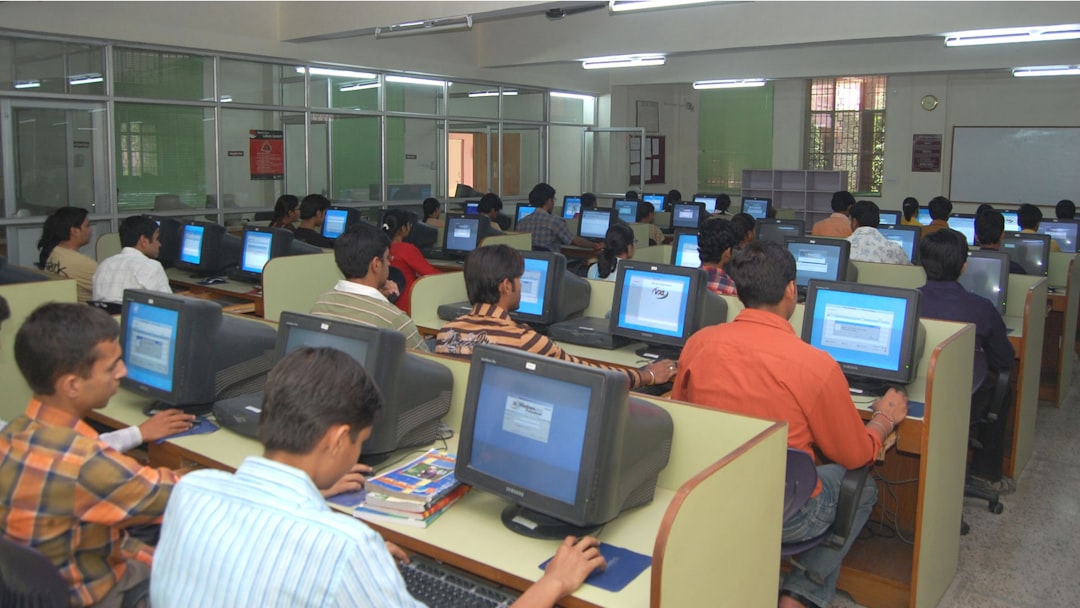Eye Movement Desensitization and Reprocessing (EMDR) continues to grow in popularity as an effective therapy for trauma and other mental health challenges. As this evidence-based method receives wider recognition, more therapists and mental health professionals are seeking high-quality training to become certified EMDR practitioners. With advancements in digital learning, neuroscience, and clinical standards, choosing the best EMDR training in 2025 requires more scrutiny than ever before.
Whether you’re a seasoned clinician or beginning your journey in trauma therapy, selecting the right EMDR training can set the foundation for therapeutic success. But how do you know which program will offer the best education, hands-on experience, and mentorship?
Below are six essential features to look for when evaluating EMDR training programs in 2025. These criteria will help you identify training that is not only credible but also tailored to meet the evolving demands of clinical practice.
1. Accreditation by EMDRIA or an Official Governing Body
The first and most crucial feature to look for is official accreditation. In the United States, EMDRIA (Eye Movement Desensitization and Reprocessing International Association) remains the gold standard for vetting legitimate EMDR training programs. Programs affiliated with EMDRIA ensure that you’re receiving up-to-date and research-backed instruction.
An accredited training program will likely include:
- Approved EMDR instructors with advanced clinical experience
- A comprehensive syllabus aligned with EMDRIA standards
- Supervised practicum hours and feedback
International practitioners should also verify that the training aligns with recognized standards in their country, whether through EMDR Europe or other governing bodies.
2. Hybrid or Fully Online Delivery with Interactive Components
One of the most significant shifts heading into 2025 is the normalization of online and hybrid learning structures. While remote access increases flexibility, an effective EMDR training program must go beyond boring webinars or passive videos. Seek out programs that offer an interactive component, such as small group breakout sessions, supervised practice, and live Q&A.
Top-tier online or hybrid EMDR trainings should include:
- Scheduled live training dates via video conferencing
- Breakout groups with roleplay opportunities
- Online discussion boards and community forums
- Downloadable manuals and replay access
Interactive virtual platforms make it possible to get the same depth of education as in-person formats—when designed correctly.

3. Trauma-Informed and Neurodiversity-Affirming Framework
Great EMDR training doesn’t just teach technique—it also teaches perspective. In 2025, make sure the training is solidly trauma-informed and mindful of working with diverse populations, including clients with neurodiverse profiles such as ADHD, autism, and complex PTSD.
Modern EMDR models should emphasize:
- The importance of client safety and consent during processing
- Understanding fight-or-flight physiology and the polyvagal theory
- Modifying protocols for clients with dissociation or attachment trauma
- Inclusion of diverse client identities and backgrounds
These nuances not only lead to more ethical practice but produce better client outcomes. They demonstrate a training program’s sensitivity to the real-world diversity therapists encounter in clinical settings.
4. Structured Supervision and Ongoing Mentorship
Training in EMDR isn’t a one-and-done affair. The initial training—often split into two parts—is just the beginning. Look for EMDR training programs that include structured consultation hours with qualified EMDR consultants to help you integrate the material into your therapeutic work.
In 2025, you should expect a robust supervision framework that includes:
- Minimum of 10 hours of post-training consultation (a requirement for EMDRIA certification)
- Small group or 1:1 options with certified EMDR consultants
- Opportunities for case discussions, live feedback, and troubleshooting
- Mentorship around advanced protocols and clinical judgment
Training programs that foster community-based learning reduce burnout and imposter syndrome by supporting emerging practitioners through the steepest learning curves.
5. Access to Updated Materials and Lifetime Resources
What you receive after the training often matters as much as what’s included during it. In an increasingly competitive field, the best programs offer lifetime access to updated content, learning modules, research publications, and practice scripts. This feature ensures you stay aligned with the latest developments in EMDR—even years after completing the course.
Key materials and resources that top programs may offer include:
- EMDR history-taking forms, case conceptualization tools, and session scripts
- Recorded demonstration sessions you can rewatch anytime
- Ongoing research articles and protocol enhancements
- Resource libraries featuring videos, eBooks, and worksheets
Consider this an investment in not only your credential, but your continued professional development.

6. Integration of Emerging Techniques and Specialized Populations
In 2025, the most effective EMDR training programs are those that aren’t stuck in the past. While foundational knowledge of the eight-phase EMDR protocol is essential, modern practice integrates additional therapeutic tools and frameworks that address deeper or more specialized clinical needs.
Look for training programs that discuss or offer advanced modules in:
- EMDR for children and adolescents
- Complex PTSD and dissociative clients
- Addiction and EMDR therapy integration
- Couples therapy within an EMDR model
- Somatic integration techniques
The inclusion of these advanced strategies ensures that your EMDR practice will be flexible, responsive, and effective across a wider range of presenting issues.
Bonus Tip: Look for a Training That Inspires You
At the end of the day, EMDR is as much an art as a science. Choose a training provider who speaks to your values and who’s passionate about supporting your growth as a clinician. Read reviews, watch trainer introductions, and get a feel for their teaching style. The right trainer can instill both confidence and competence.
Conclusion: Your Path to Effective EMDR Practice Starts Now
Finding the best EMDR training in 2025 requires careful evaluation, but with the right features in place, you’ll launch your therapeutic practice on firm footing. Accreditation, interactivity, trauma awareness, supervision support, updated materials, and specialized modules aren’t just nice add-ons—they are essential components of a training experience that prepares you to transform lives through EMDR therapy.
With the mental health landscape evolving rapidly, staying informed and empowered is more important than ever. By choosing a training that embodies both excellence and empathy, you’re doing justice to your future clients—and yourself.



